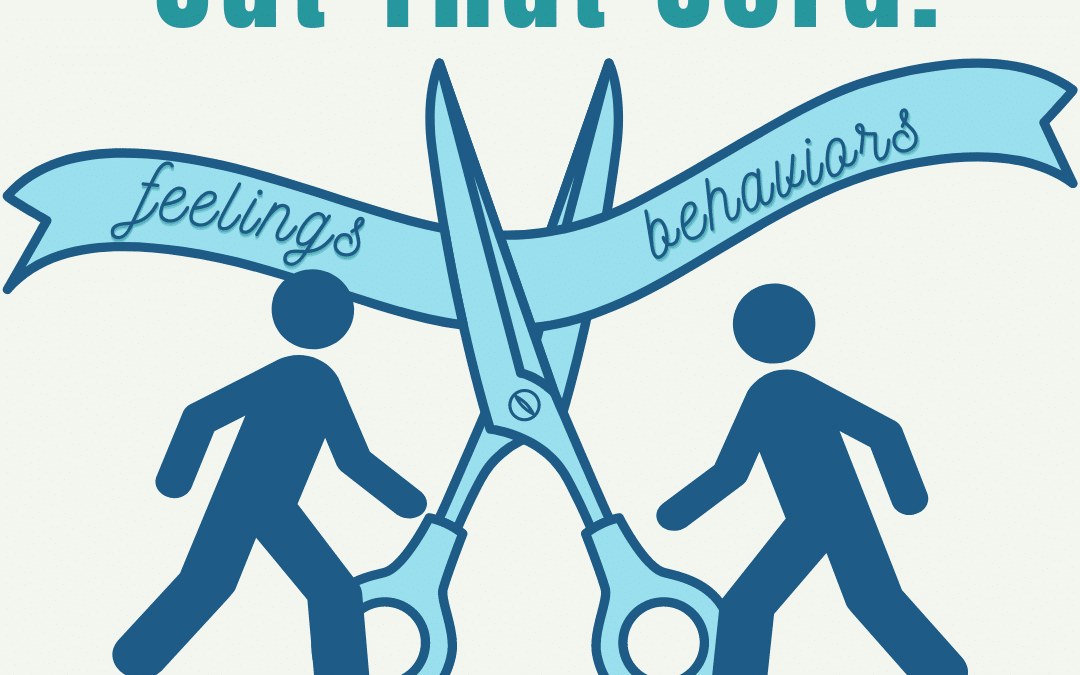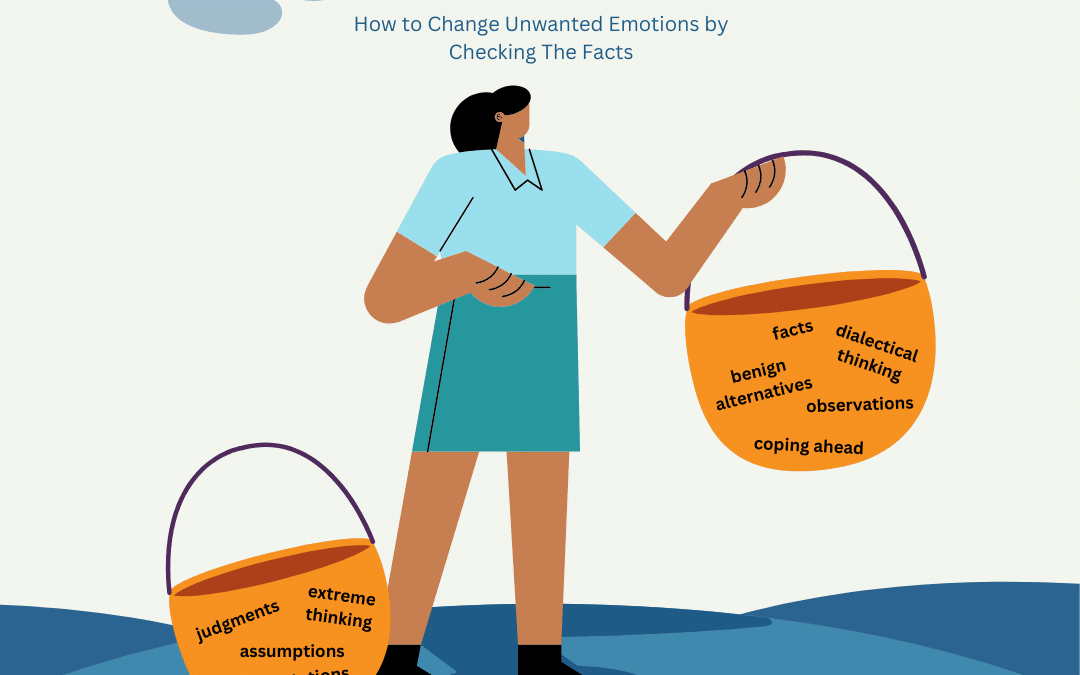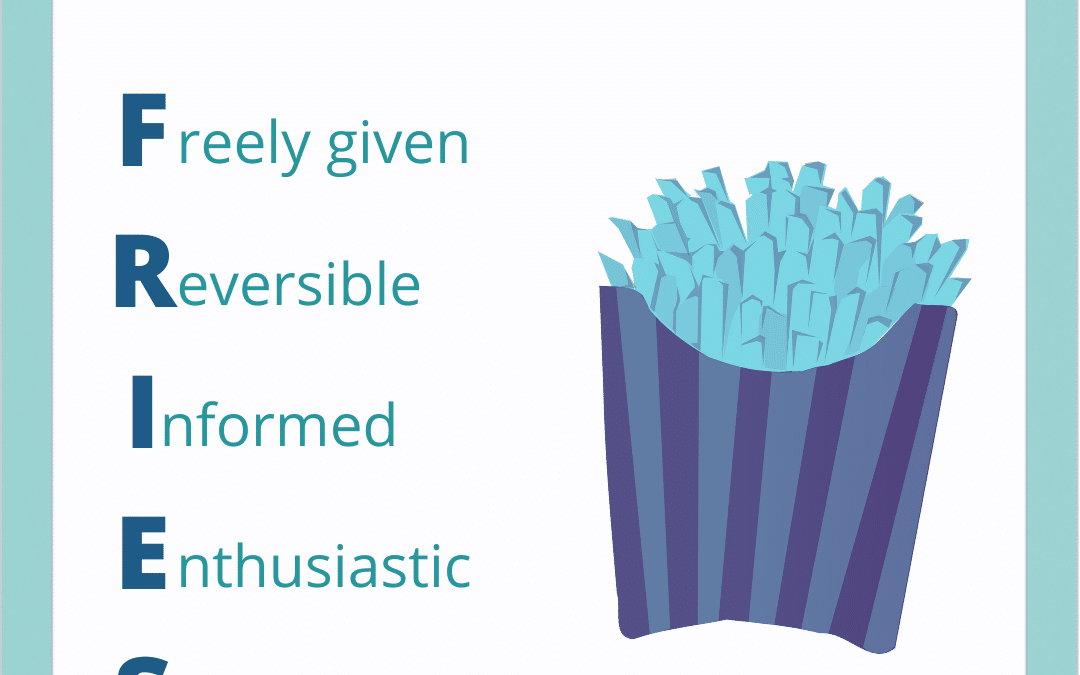Here we are again. You’re staring at a sink filled with food-crusted plates, overflowing cups, and more silverware than you can count. How many times have you said, “Clean up after yourself!”? How many conversations have you had about the importance of taking...


